Hi-Affi™ In Vitro Cell based Lysophospholipid (S1P) Receptor Functional Assay Service
The Overview of the Lysophospholipid (S1P) Receptor
Sphingosine-1-phosphate (S1P) receptor is a subfamily of GPCRs that may function as a target for the lipid signaling chemical S1P. This receptor is made up of five members: S1PR1, S1PR2, S1PR3, S1PR4, and S1PR5, all of which are expressed in different tissues and are involved in numerous biological and disease processes like cell proliferation and cancers. As a consequence, further study on S1P receptors might be useful for their use in medication development.
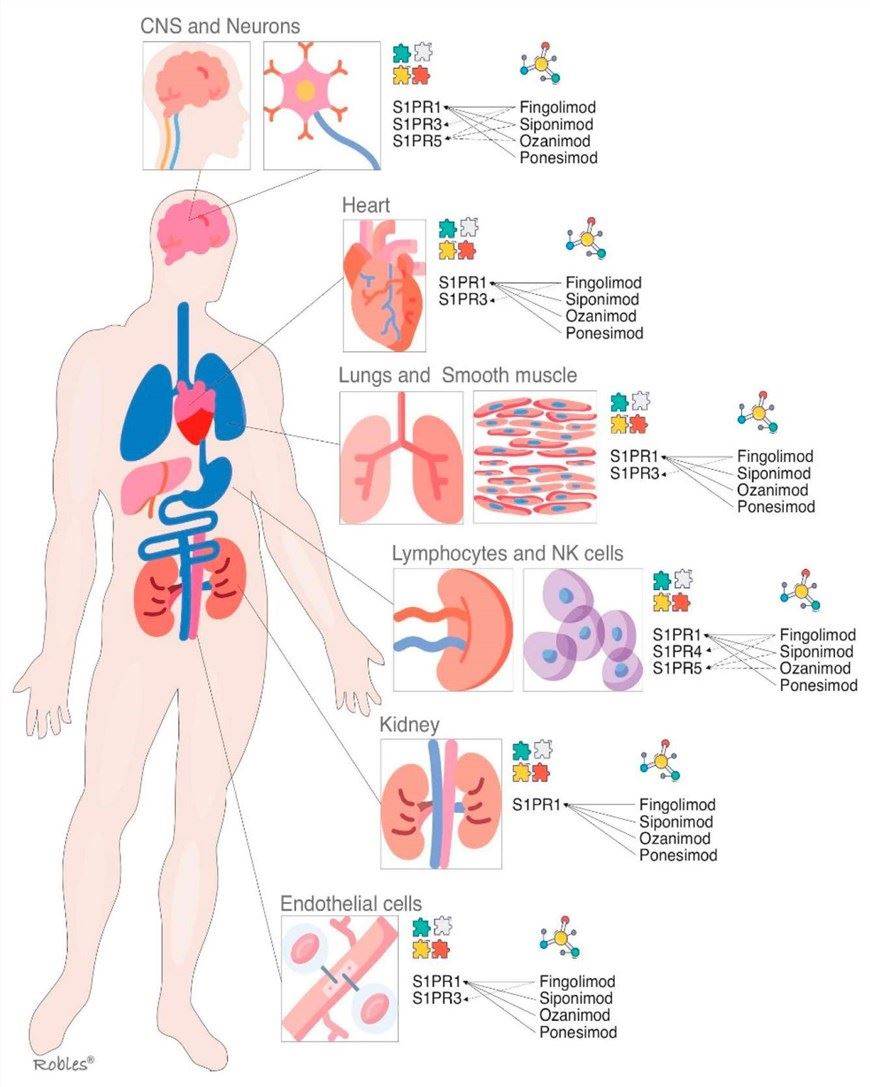 Fig.1 S1P receptors and their main localizations.1
Fig.1 S1P receptors and their main localizations.1
Our Hi-Affi™ In Vitro Cell-based Lysophospholipid (S1P) Receptor Functional Assay Service
Creative Biolabs has established an innovative Hi-Affi™ in vitro cell-based lysophospholipid (S1P) receptor functional assay service based on our experience and skills, and we encourage customers around the world to inquire and order.
Our Hi-Affi™ in vitro cell-based lysophospholipid (S1P) receptor functional assay service incorporates the simple and efficient cell-based assay with an S1P receptor functional assay that can be used to test compounds and their ability to modify S1P receptors. The main idea of our assay is to measure the buildup of second messengers and calcium flow to respond to the interaction of S1P receptors with ligands. Throughout this process, we provide complete tailored high-quality services to meet the different demands of global customers.
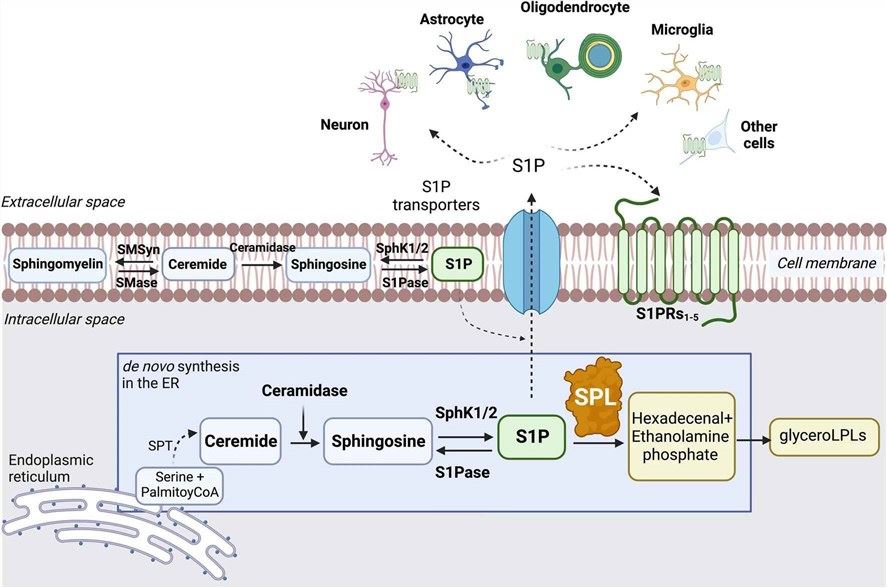 Fig.2 The catalytic cycle of sphingosine-1-phosphate signaling.2
Fig.2 The catalytic cycle of sphingosine-1-phosphate signaling.2
Advantages of Our Hi-Affi™ In Vitro Cell-based Lysophospholipid (S1P) Receptor Functional Assay Service
All the time, Creative Biolabs continually engages in developing and improving its advancements in technology in response to feedback from our customers. Simultaneously, our Hi-Affi™ in vitro cell-based lysophospholipid (S1P) receptor functional assay will benefit global customers with:
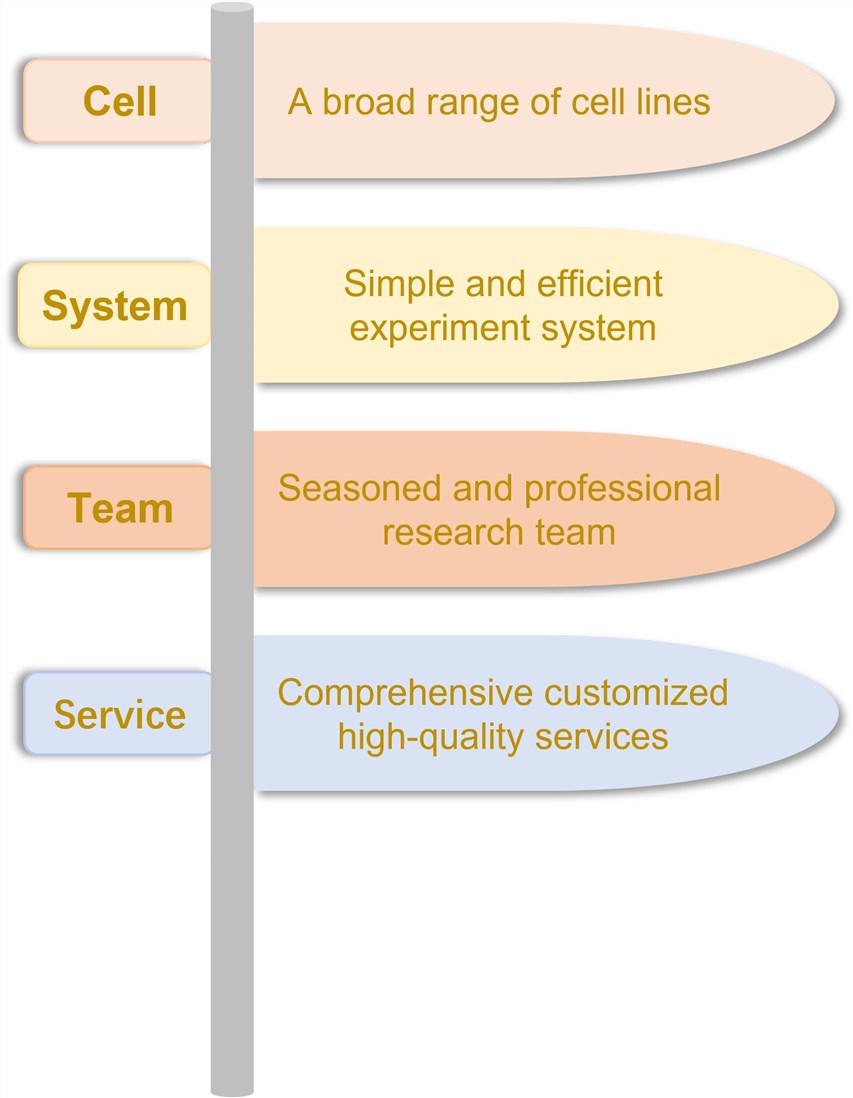 Fig.3 Features of our Hi-Affi™ in vitro cell-based lysophospholipid (S1P) receptor functional assay service.
Fig.3 Features of our Hi-Affi™ in vitro cell-based lysophospholipid (S1P) receptor functional assay service.
Case Study
Representative Data 1: Cenerimod is an advanced S1P1 receptor modulator that is highly active, selective, and orally bioavailable. Initial analysis of cenerimod's effect on T cells relied on flow cytometry to quantify S1P1 receptor surface expression and internalization kinetics.
The findings show that initial T-cell activation resulted in increased expression of the activation marker CD69 and decreased expression of the S1P1 receptor on the cell surface. Proliferation after that resulted in a substantial cell surface overexpression of the S1P1 receptor and a concomitant downregulation of CD69. This supports the idea of CD69 mediating transitory lymphocyte retention and subsequent egress after antigen-induced T cell activation through re-expressed high amounts of S1P1 receptor.
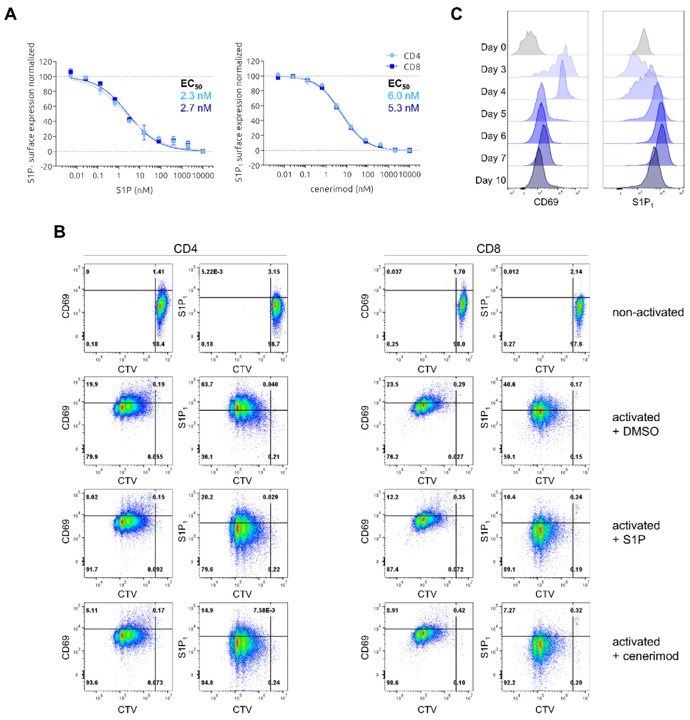 Fig.4 S1P- and cenerimod-mediated S1P1 receptor internalization and CD69 expression dynamics in primary human T cells after activation.3
Fig.4 S1P- and cenerimod-mediated S1P1 receptor internalization and CD69 expression dynamics in primary human T cells after activation.3
Representative Data 2: Evan's Blue (EB) endothelial permeability model employed HMEC-1 cells. HMEC-1 cell monolayers were grown on permeable filters and either left untreated or treated with the S1PR1 agonist CYM54442, the S1PR3 agonist CYM5541, or S1P. The permeability to EB-albumin was then determined. CYM5442 treatment for 1 hour reduced permeability significantly compared to untreated cells. There were no significant alterations in permeability after treatment with CYM5541 or S1P, emphasizing the relevance of the S1PR1 pathway in maintaining the endothelium barrier.
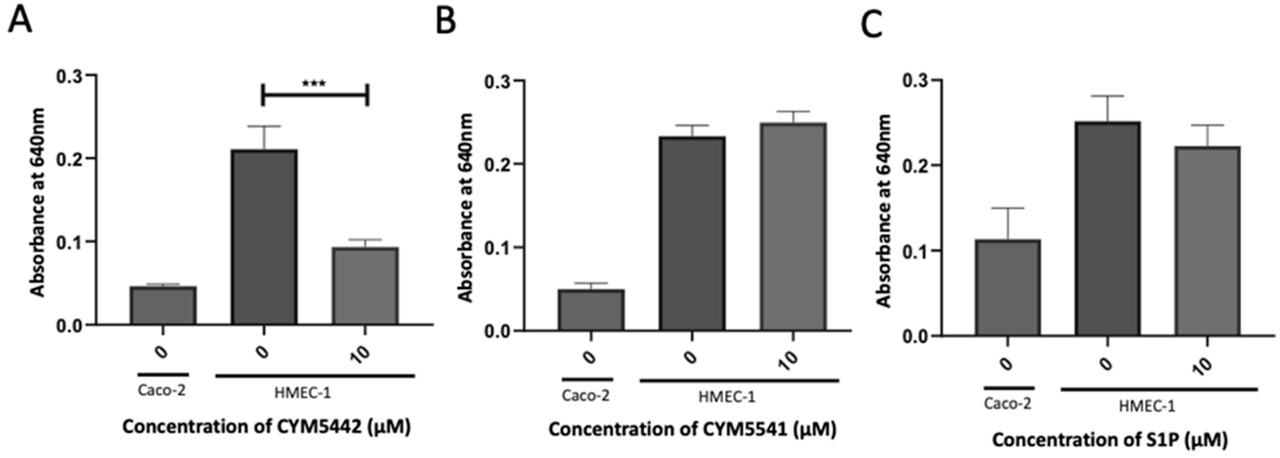 Fig.5 An S1PR1 agonist decreased endothelial barrier permeability.4
Fig.5 An S1PR1 agonist decreased endothelial barrier permeability.4
Be Partners

All the time, Creative Biolabs continually engages in developing and improving its advancements in technology in response to feedback from our customers. For more details about our Hi-Affi™ in vitro cell-based lysophospholipid (S1P) receptor functional assay service, please don't hesitate to contact us. We are sincerely looking forward to being partners with global customers.
References
-
Bravo, Gary Álvarez, et al. "Sphingosine-1-phosphate (S1P) and S1P signaling pathway modulators, from current insights to future perspectives." Cells 11.13 (2022): 2058.
Distributed under Open Access License CC BY 4.0, without modification. -
Xiao, Junhua. "Sphingosine 1-phosphate lyase in the developing and injured nervous system: a dichotomy?" Molecular Neurobiology (2023): 1-14.
Distributed under Open Access License CC BY 4.0, without modification. -
Schlicher, Lisa, et al. "In vitro characterization of sphingosine 1-phosphate receptor 1 (S1P1) expression and mediated migration of primary human T and B cells in the context of cenerimod, a novel, selective S1P1 receptor modulator." International Journal of Molecular Sciences 23.3 (2022): 1191.
Distributed under Open Access License CC BY 4.0, without modification. -
Wilkins, Georgina C., et al. "Dissecting the therapeutic mechanisms of sphingosine-1-phosphate receptor agonism during ischemia and reperfusion." International Journal of Molecular Sciences 24.13 (2022): 1192.
Distributed under Open Access License CC BY 4.0. The original image was modified by extracting and using part A to part C, and the title was changed to "An S1PR1 agonist decreased endothelial barrier permeability".
For Research Use Only.
